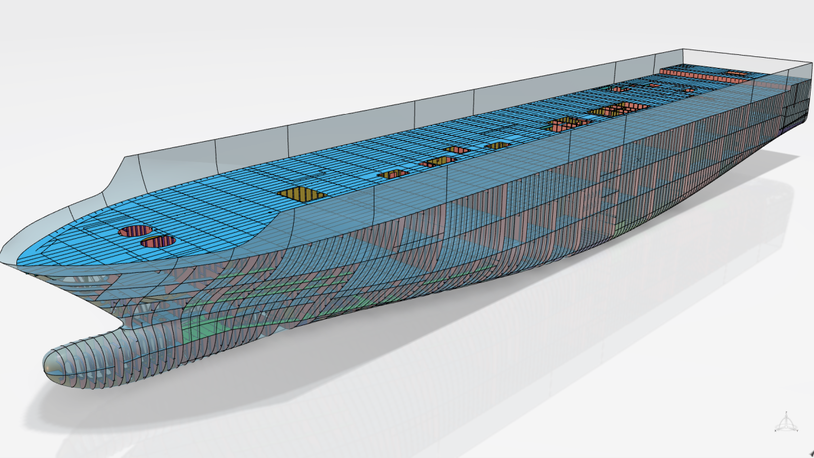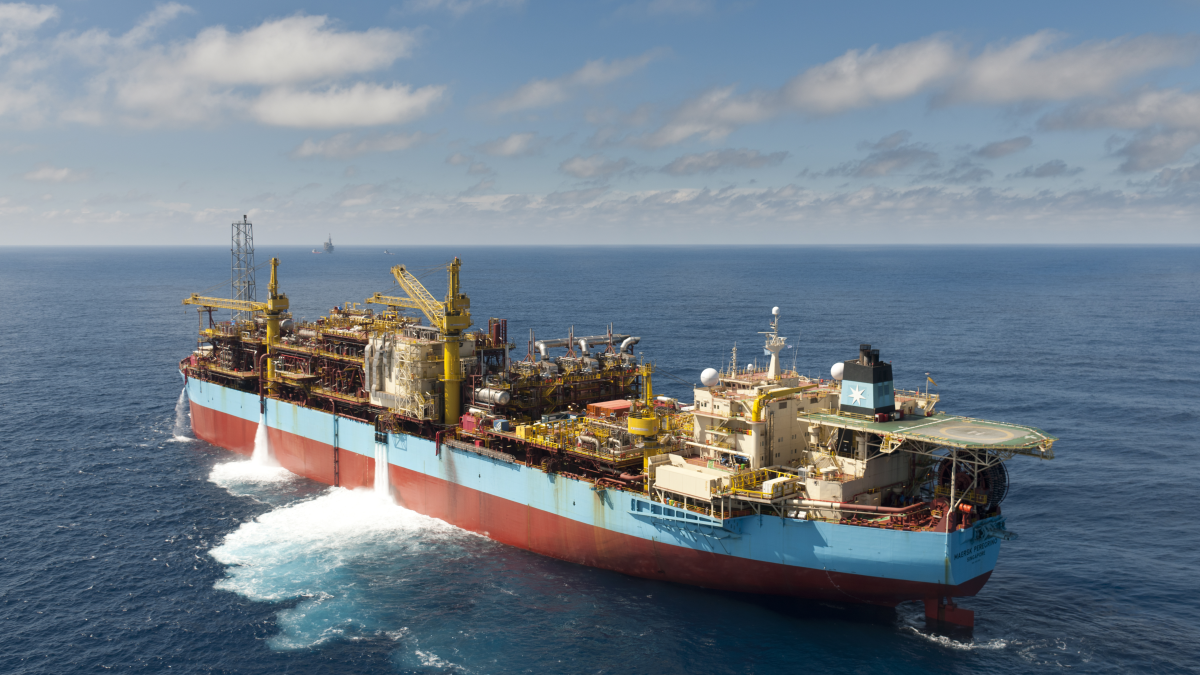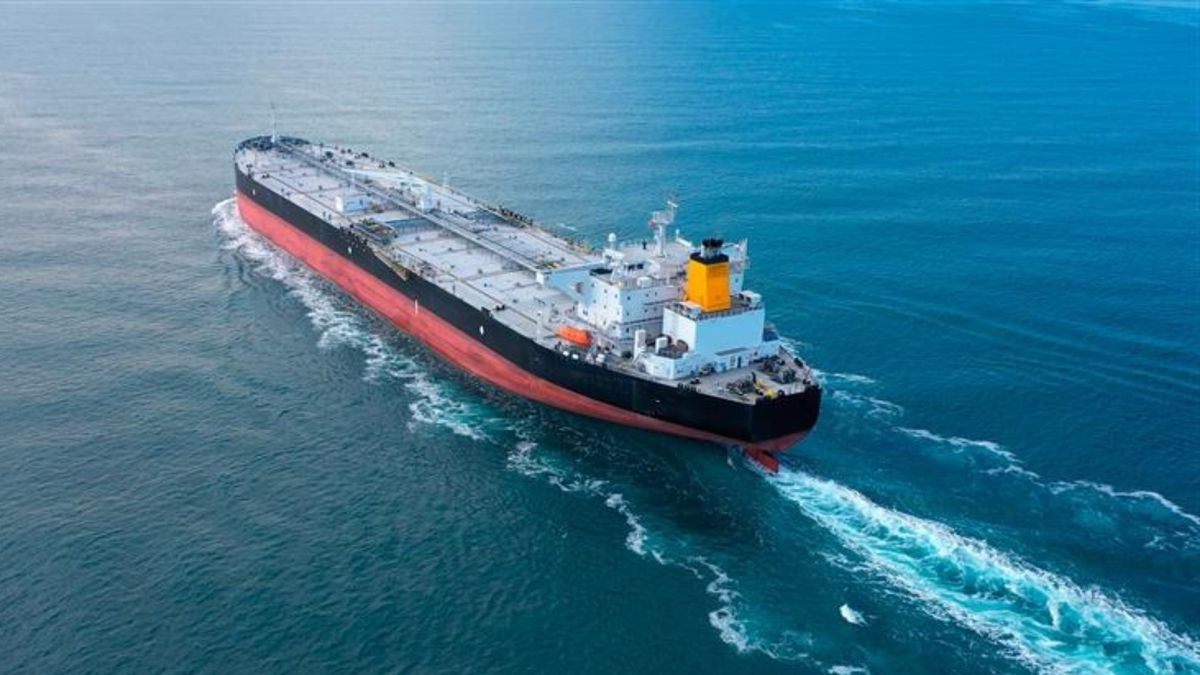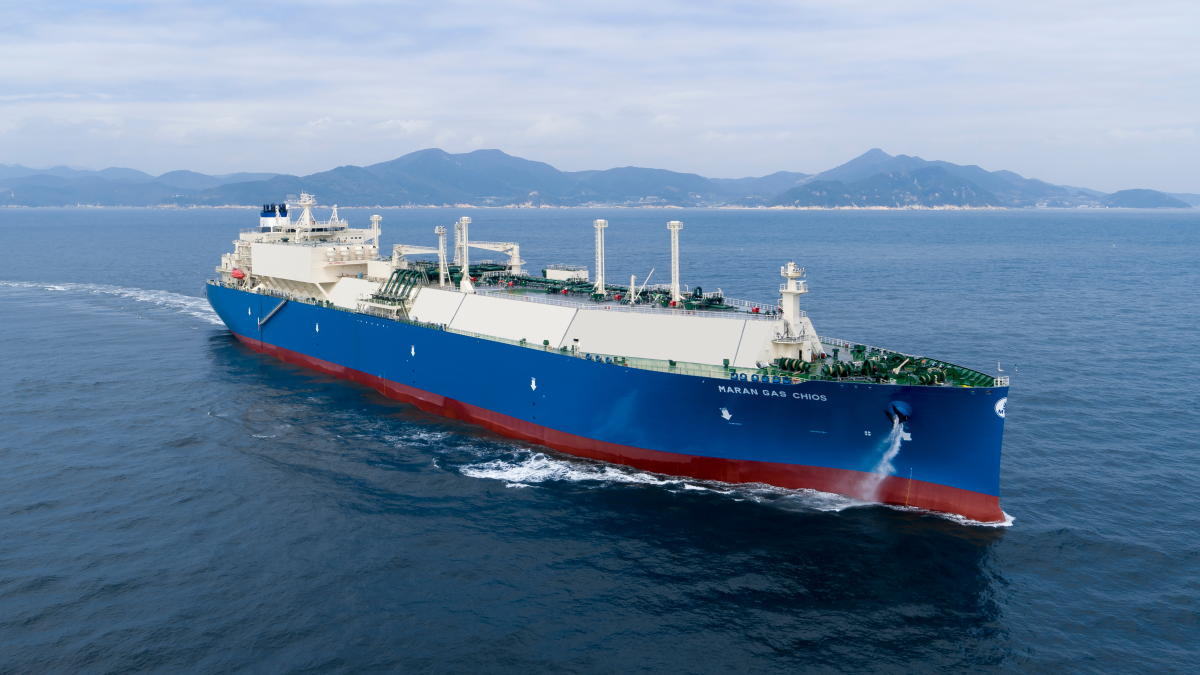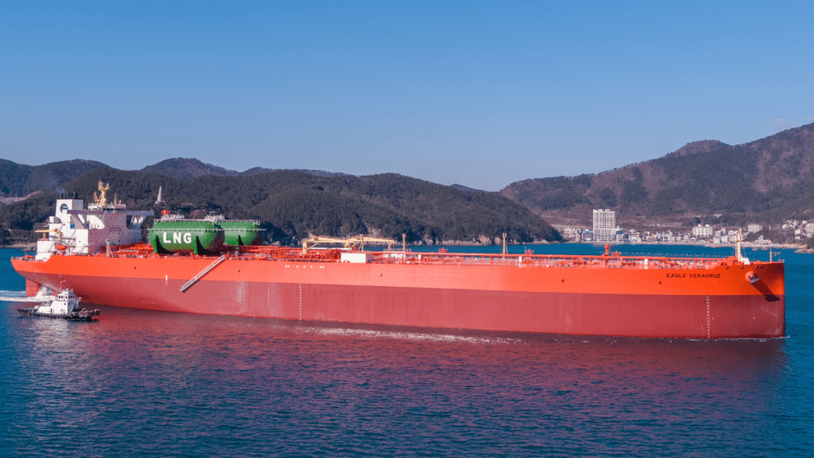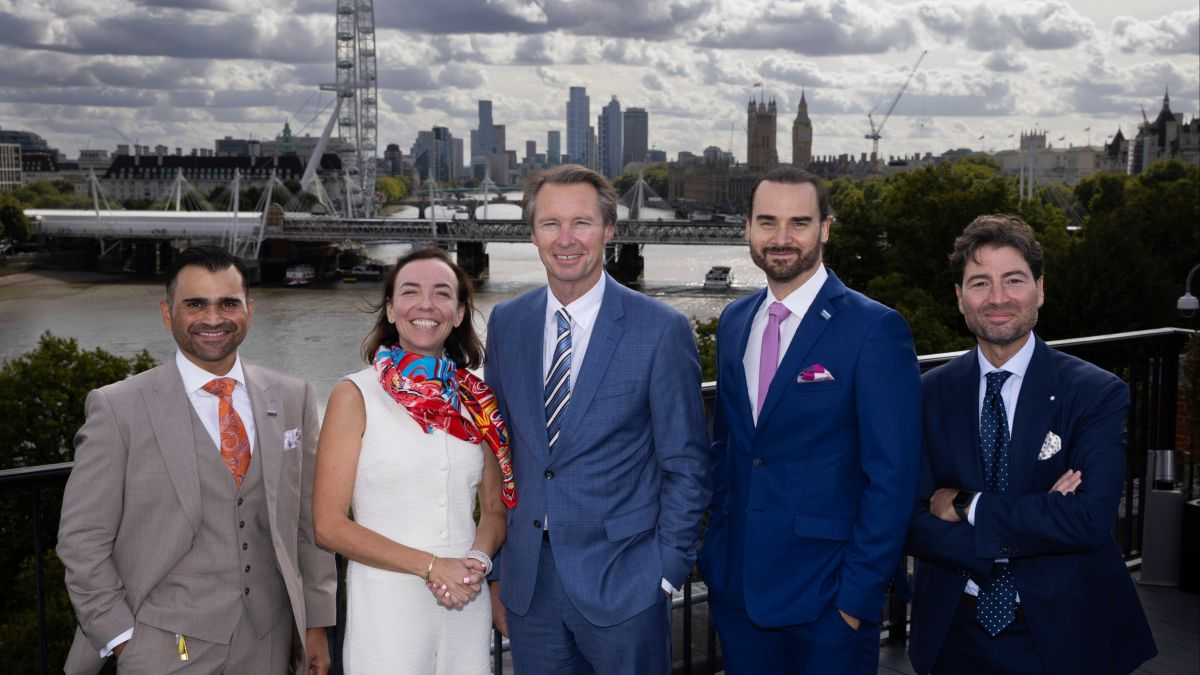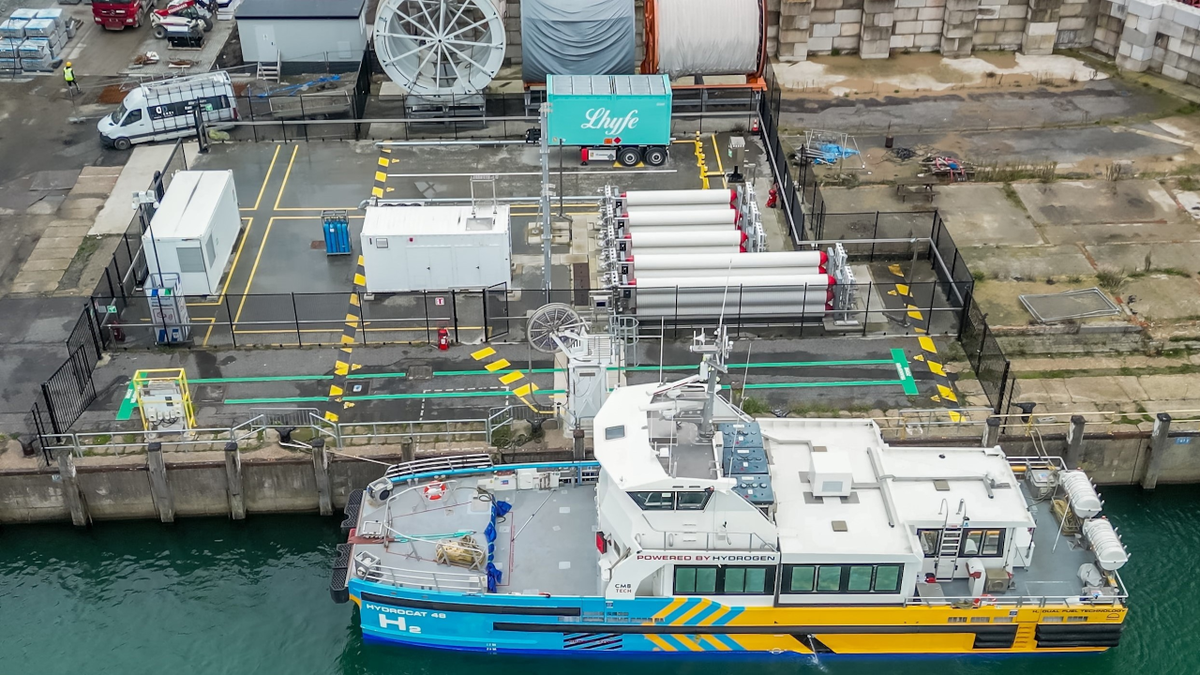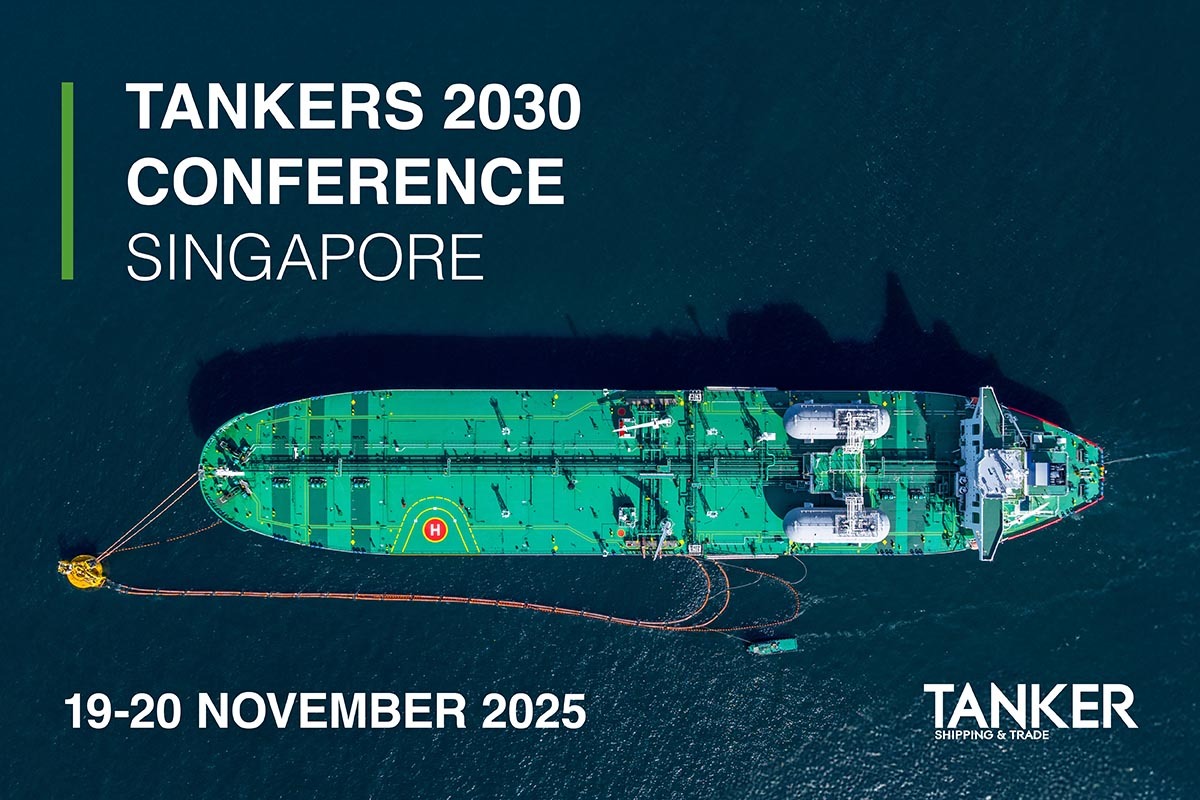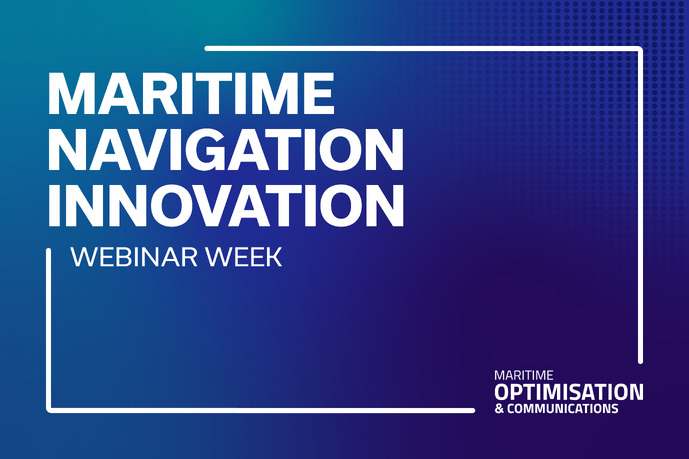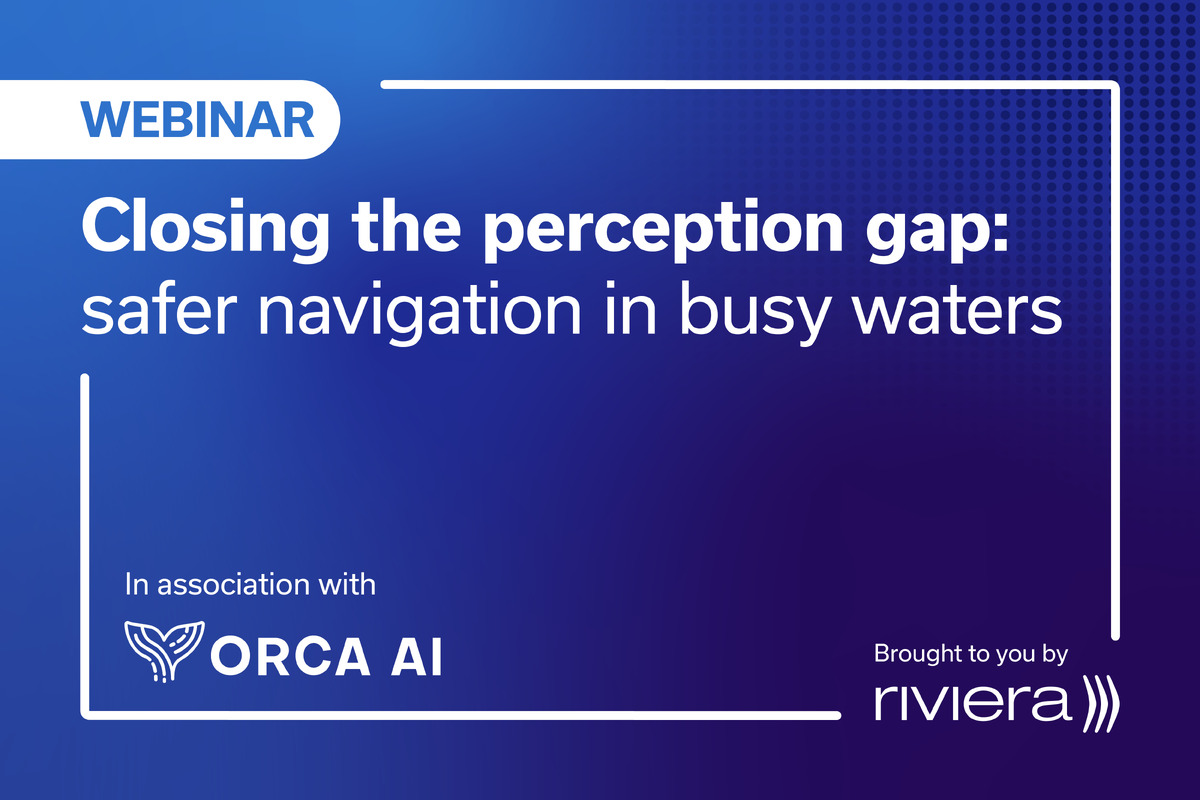Business Sectors
Contents
Methanol – quietly proving itself around the world
With methanol proving a popular and versatile new fuel source, MAN Energy Solutions’ Kjeld Aabo explains the pioneering work undertaken by his company
Based in Copenhagen, Denmark, MAN Energy Solutions director new technologies, two-stroke promotion, Kjeld Aabo has been a leading light in the development and application of methanol as a maritime fuel source.
MAN Energy Solutions operates from a centre that incorporates a research station, multiple test engines and a diesel house. And it is from this location that the company has developed its pioneering ME-C engines, which have proved so successful in helping maritime in its difficult transition away from heavy fuel oils towards a greener and more environmentally responsible future.
During a Riviera Maritime Media webinar on methanol fuels which took place in early July, Mr Aabo explained that the ME-C engine can burn methane, ethane, LPG and methanol, and ammonia is also on the development list.
But he said it is methanol that is a star when it comes to future possibilities and renewable fuels. This is one of the future fuels where he believes development needs to be directed and where he anticipates many more operations with this type of engine taking place.
“Today there are 314 dual-fuel engines, all based on the diesel principle,” he said. “And we have more than 65,000 service hours with methanol.”
That is a strong track-record given the first sea trials only took place in 2016 and Mr Aabo is keen to acknowledge that while progress has been relatively smooth, the company, indeed the sector, is still learning as it goes.
Mr Aabo is not alone in placing his faith in methanol: many of the webinar attendees agreed that there would be a future for methanol as a marine fuel. Nearly half, (47%) said they strongly agreed they could future-proof their fleet by running ships on methanol; some 33% remained undecided, while only 12% disagreed and 8% strongly disagreed.
The ME-C unit has been designed with dual-fuel operation firmly in mind, but it is also possible to retrofit the engine should an operator choose to hedge their bets. Mr Aabo explained that retrofitting the technology is relatively simple.
“To make the dual-fuel transition, we need to add the cylinder cover, the gas block and more injection valves among other features, on top of the cylinder liners,” he said.
This allows the engine to operate with methanol as its fuel source. Mr Aabo elaborated “Our diesel principle works by injecting a pilot oil into the compressed air from the piston. That ignites and then we inject the methanol into this burning flame. This gives us the same high efficiency as we would expect from a regular fuel burning engine, but with far fewer hydrocarbons and so on in the exhaust gas compared to HFO.”
Mr Aabo also raised the interesting concept of utilising water in the combustion process to reach IMO Tier III. Adding water to the methanol fuel reduces the peak combustion temperatures and reduces NOx.
“We can add water into the methanol via a small additional system,” said Mr Aabo. “The water blends with the methanol and we are able to be in compliance with Tier III regulations.”
In terms of the water quality required for mixing with methanol, Mr Aabo explained that fresh water produced from salt water can be used on board or tap water can be taken from shore. “It really depends on the size of the tanks and how much water can be stored on board,” he said.
Mr Aabo said that compared to other fuel-type engines, the methanol fuel gas supply system is “one of the most simple dual-fuel, fuel gas supply systems”, and for this reason he expects a substantial take-up. “Today, we have a huge number of methanol vessels in operation out there, with many more to come when we consider the tanker and container markets. For these, it will be exactly the same fuel gas supply system. So it is a known technology in terms of safety and operation.”
With regard to any new fuel, there are usually questions concerning the correct lubricant specification and if changes will be required for cylinder oils, trunk piston engine oils, and system models themselves. But Mr Aabo does not foresee significant problems in this area for methanol. “For a two-stroke engine, it is a matter of how much sulphur you have in the fuel. It will be treated like a very low-sulphur fuel oil when you operate on methanol, so there is little to no difference. It is important however that the right detergents are used, but that is always the case for different fuels used in the engines.” In the latest MAN-ES service letter about choice of correct cylinder lube oil this matter is described in detail.
On the investment and capex side, Mr Aabo sees significant benefits, notably over ‘bridging’ fuels like LNG. “I believe that methanol will be the big one,” he said. “On the subject of pricing and the investment compared to LNG, methanol is a simpler system, especially when you have it in liquid form. From a safety perspective, within the engineroom, double-walled piping is required, but you do not need and SCR for Tier III. Capex-wise, it is a reduction in price compared to an LNG fuel gas supply system.”
In his closing remarks, Mr Aabo again reiterated the value of methanol as a decarbonisation tool. “We have seen a huge interest in the use of methanol and we are very proud of our service experience of 65,000 successful operating hours using the fuel.” He stressed that from an engine and a technique basis, methanol offers a very good solution.
Moving forward, he said methanol is a fuel which can be operated on a grey or black basis, depending on circumstances and he noted it was a quick and simple job to change to green bio-methanol when available.
Related to this Story
Events
International Bulk Shipping Conference 2025
Tankers 2030 Conference
Maritime Navigation Innovation Webinar Week
© 2024 Riviera Maritime Media Ltd.




